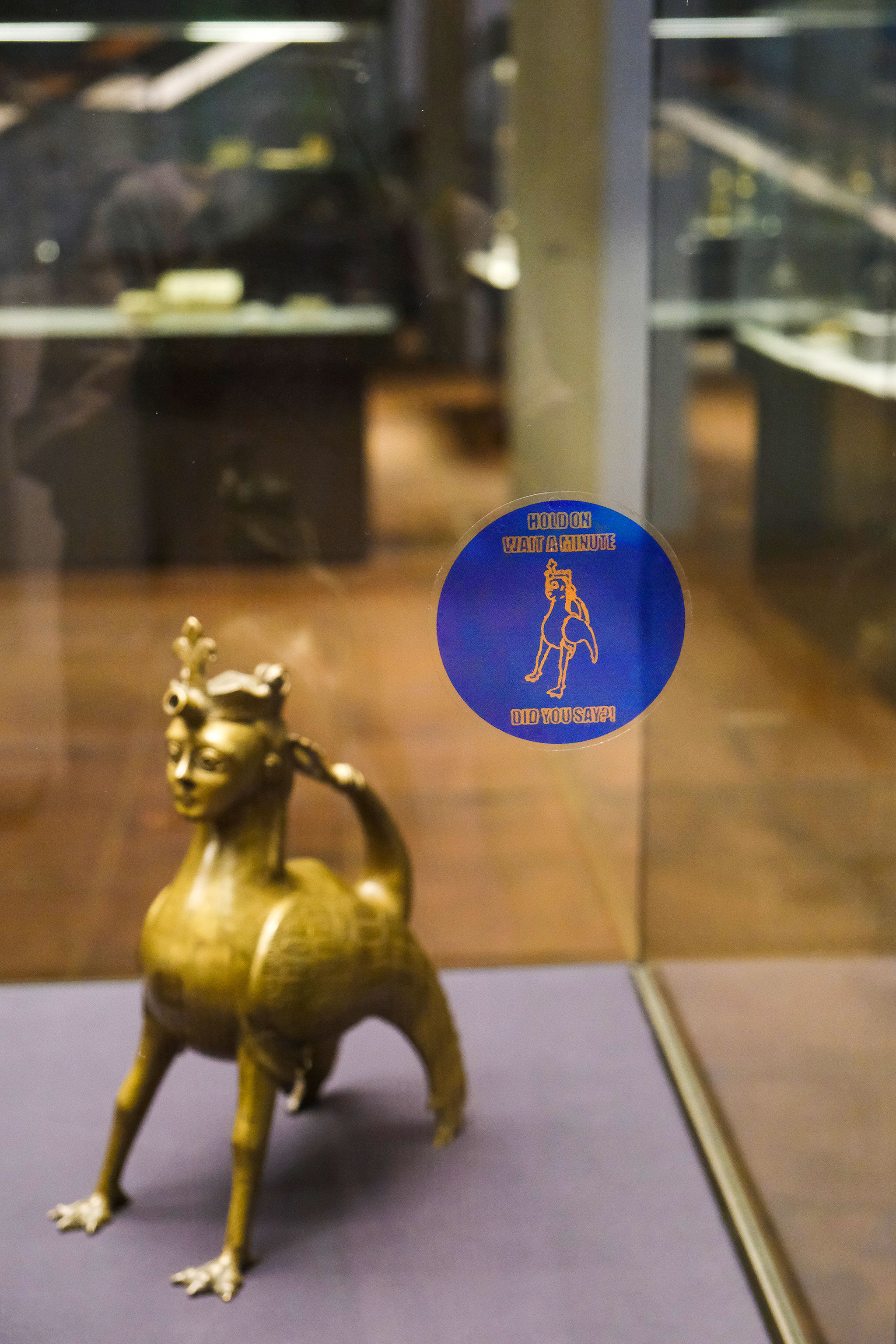Neobionten
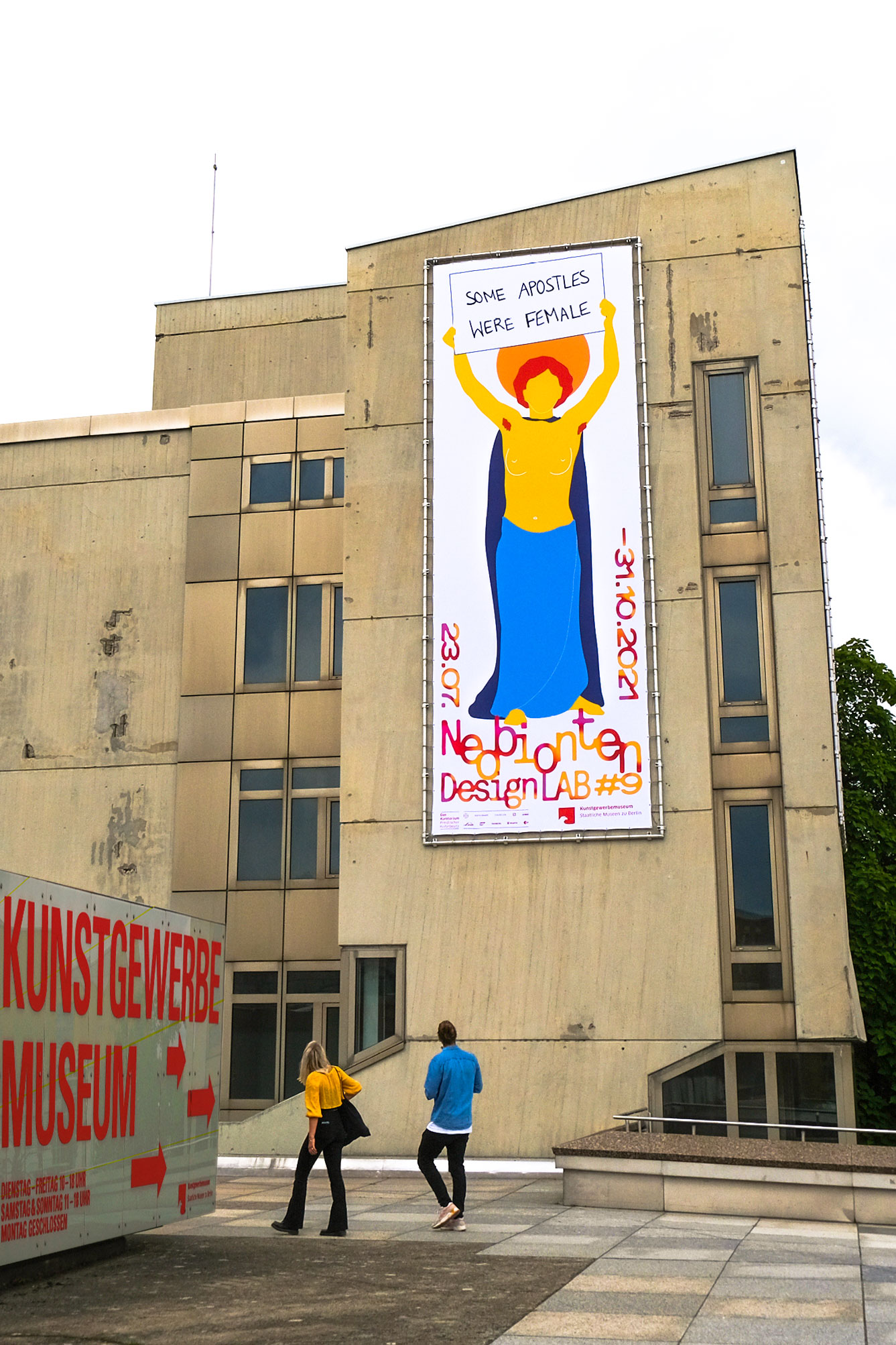
»Neobiota« are species (animals, plants, fungi) that have settled in an area outside their original biotope. These processes are always associated with complex interactions: This means that not only the neobiont has to adapt to its new environment, but also the biotope changes when a new species establishes itself. In ten interventions with different media, the UdK design students investigate whether neobiont migration processes and interactions can also be demonstrated for artefacts. What happens to objects when they leave their biotope and end up in completely different contexts? How will the objects behave in these unfamiliar environments - and how do these environments behave towards them? Will their original functions remain in the foreground in the other contexts or will they be interpreted in a completely new way? Can they unfold undreamed-of values or do they lose relevance altogether? Such transformations are not normally envisaged in museum contexts. On the contrary: the museum‘s task is precisely to protect the objects from any changes. They are taken out of the living world of becoming and passing away and surrounded by a semi-permeable protective cloak: looking in is possible, looking out is hardly possible. Yet most of them have a centuries-long, often very eventful biography of value creation and change, but also of destruction behind them - including the raids, and wars, that were waged around them or about them. What happens when we abduct the immobilised objects and bring them back to life? When we transplant them into unfamiliar social contexts, invent new narratives and put them to the test? What stories can be developed going forward - and what stories can be told when those so mad return to the museum biotope? What multiple dialogues and also contagions occur in the collection spaces of the Museum of Decorative Arts between the originals and the neo-biontic returnees?
.
.
.
.
.
.
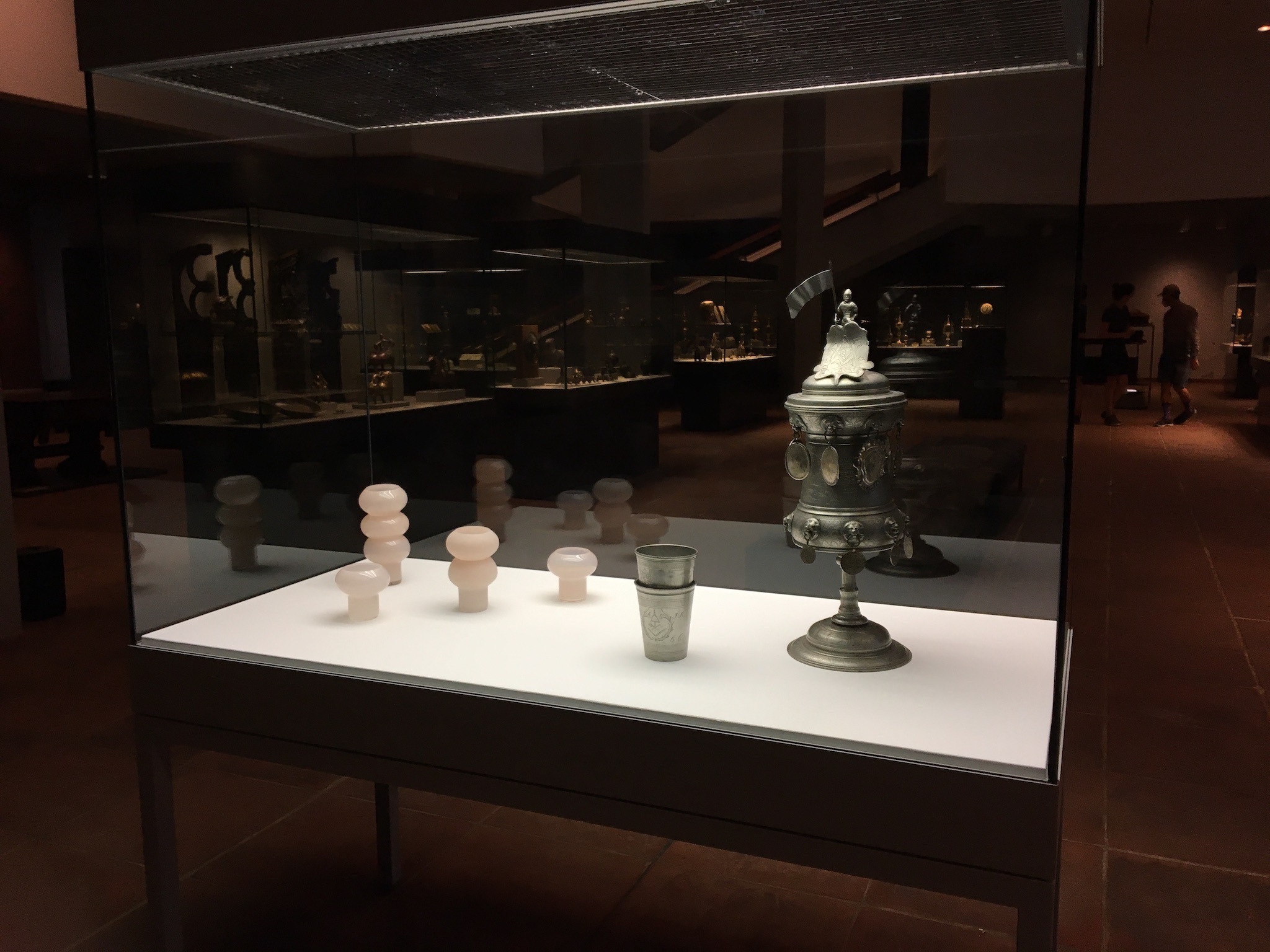
.
.
.
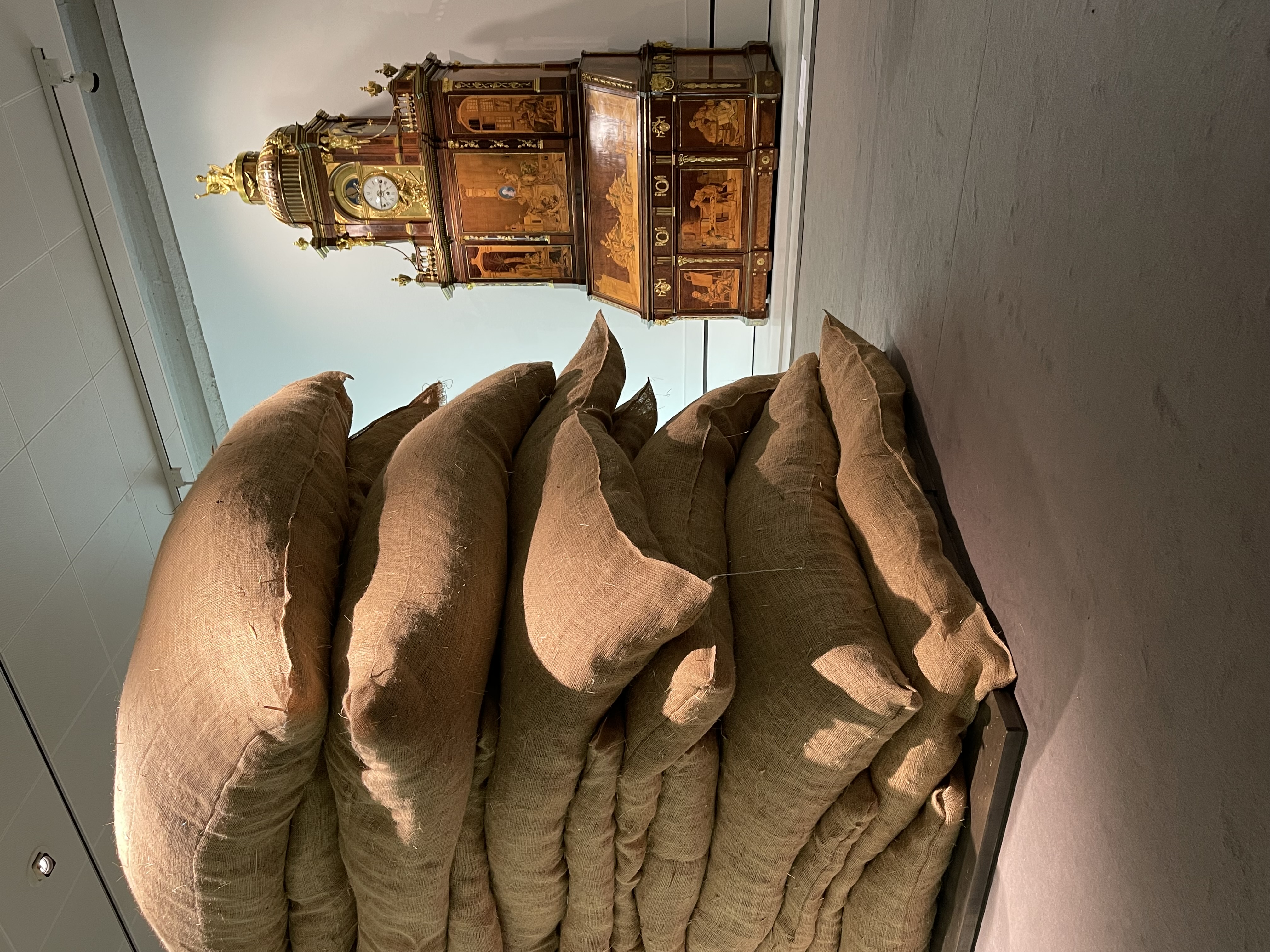
.
.
.
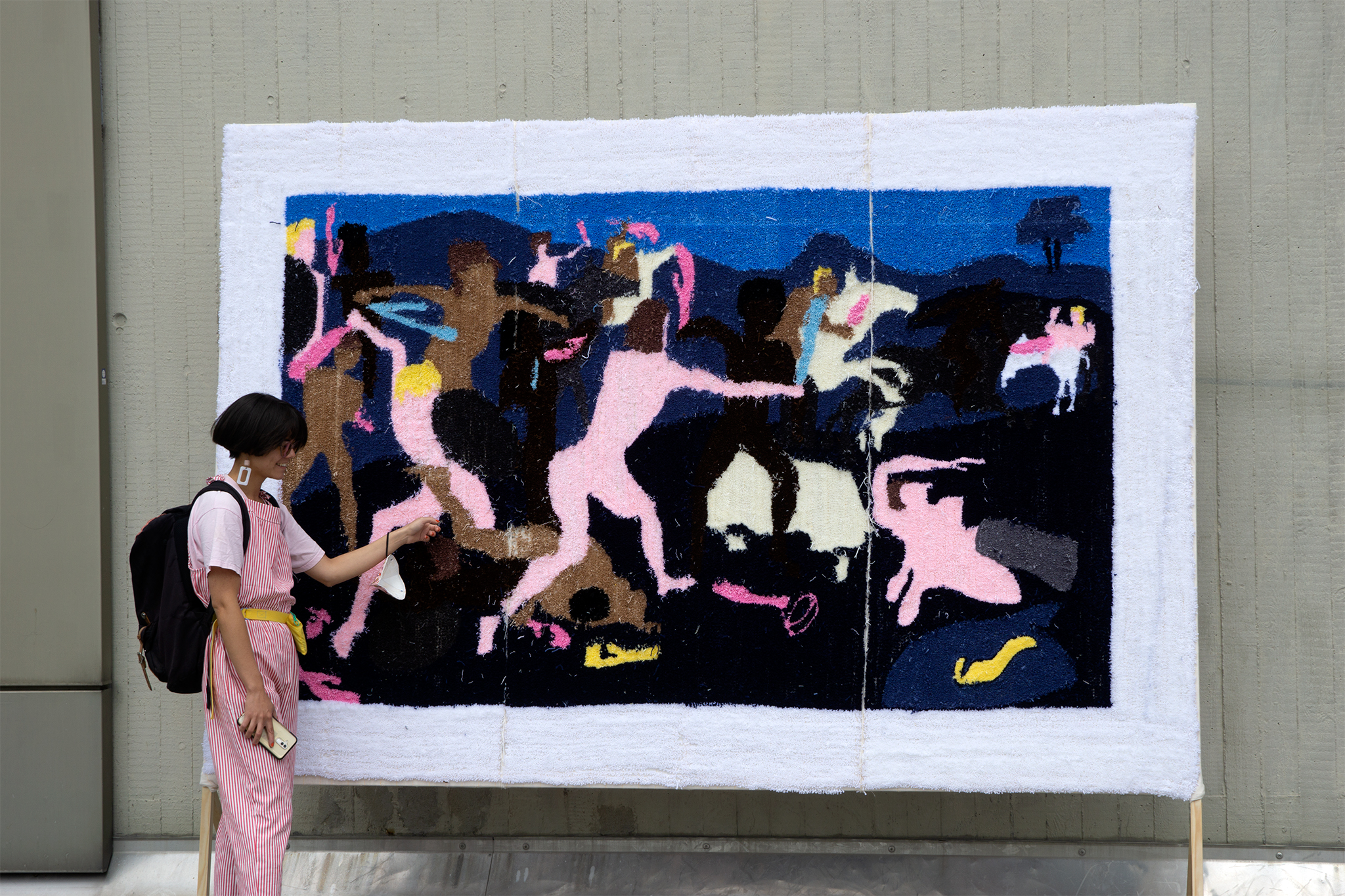
.
.
.
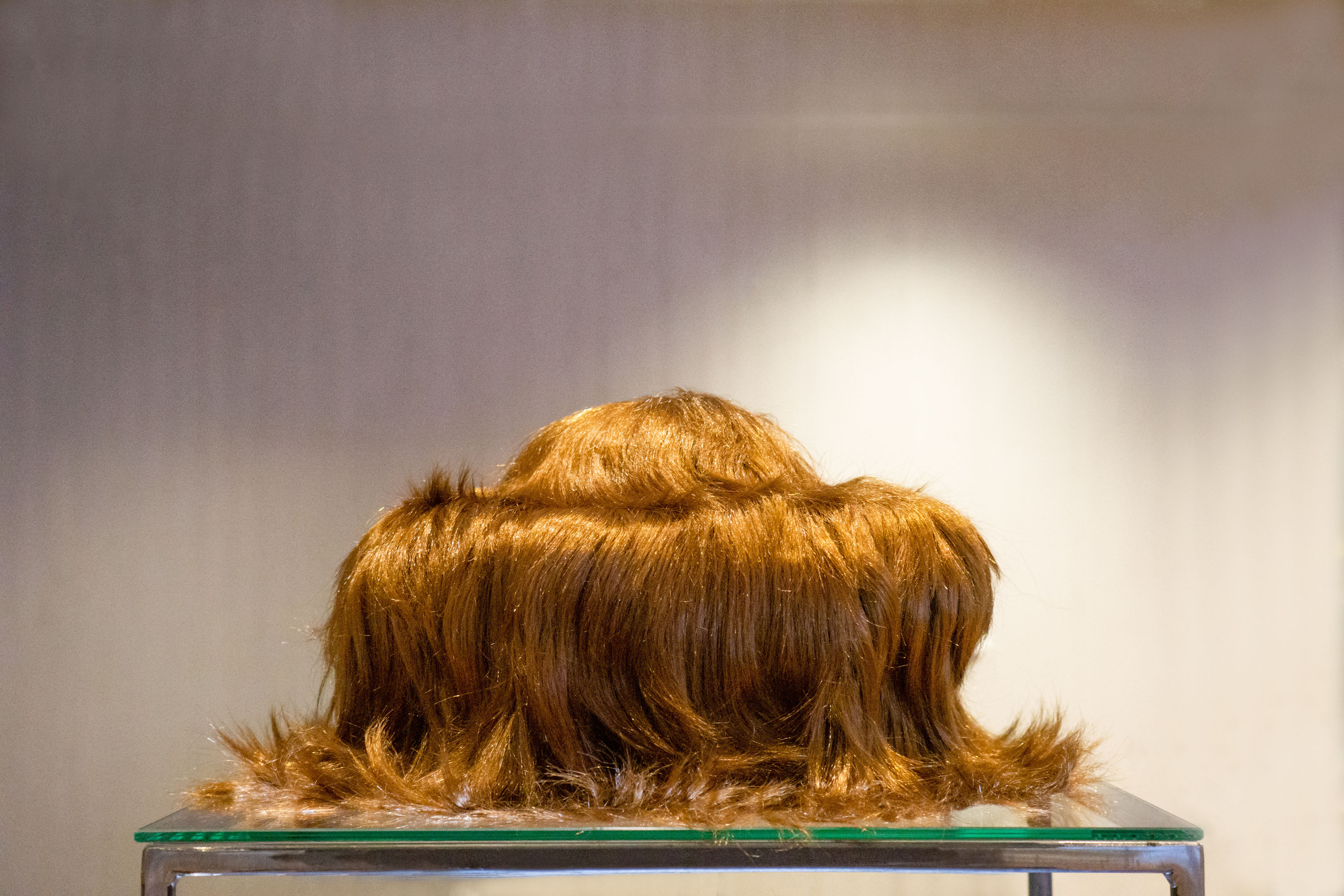
.
.
.
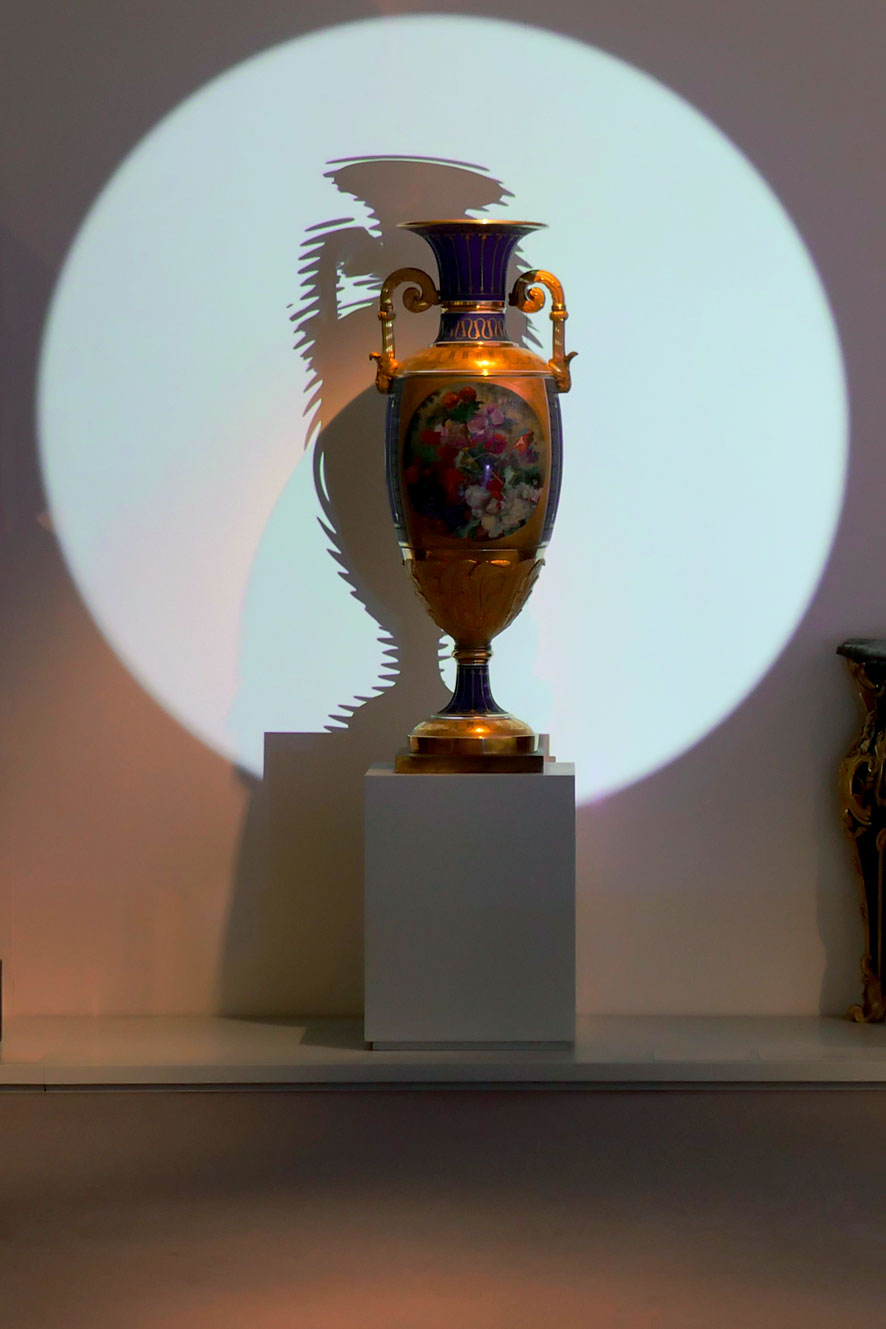
.
.
.
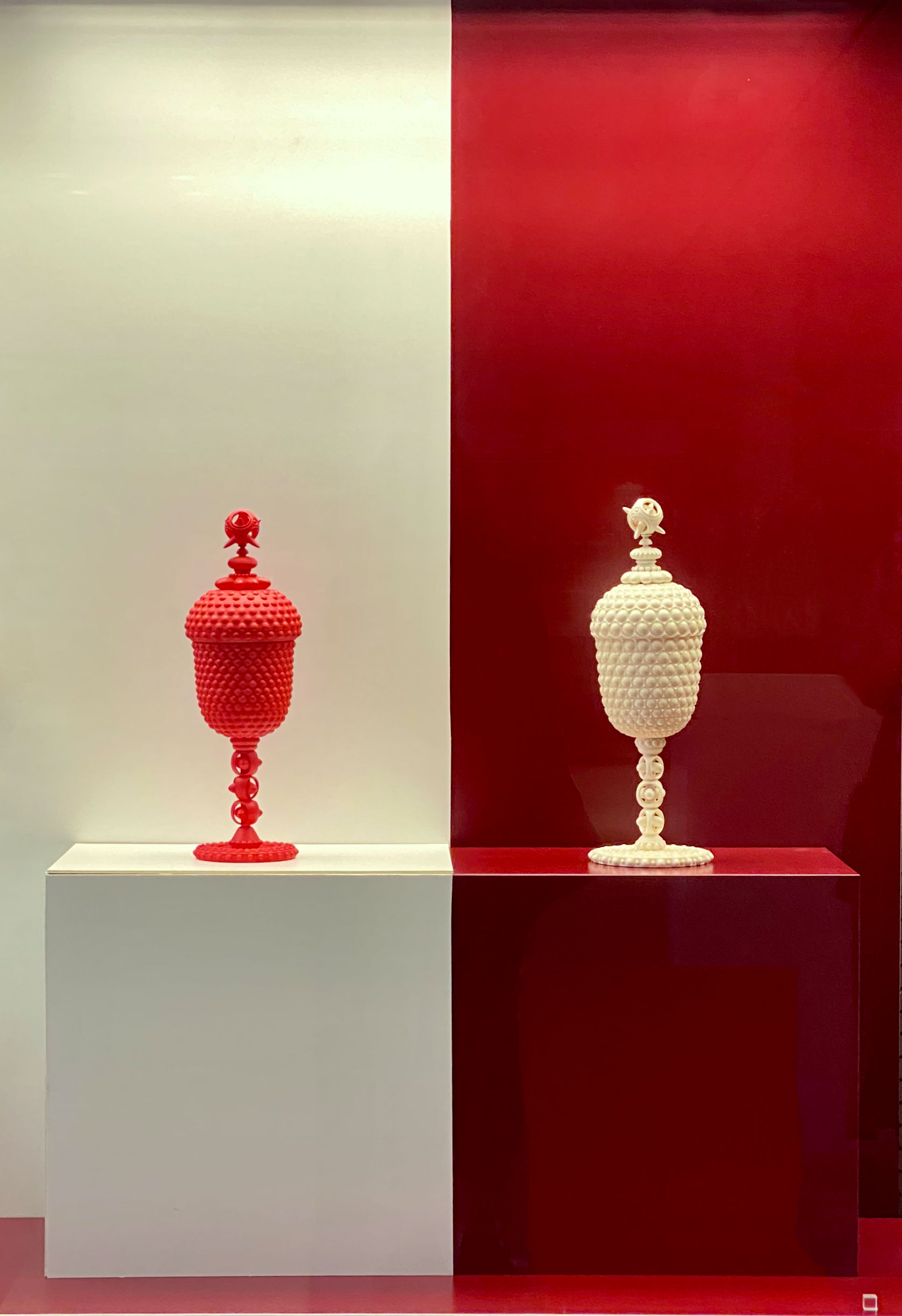
.
.
.
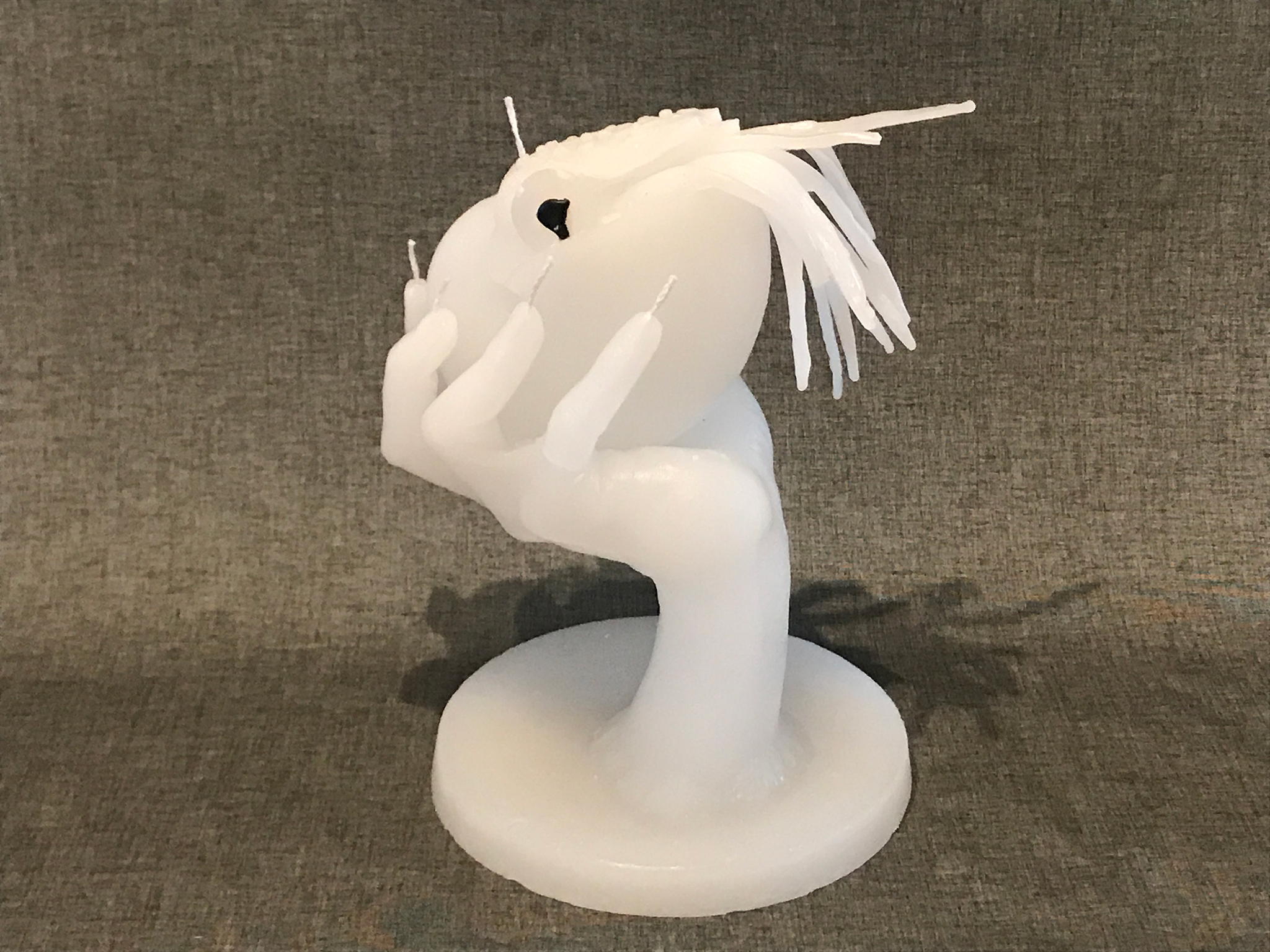
.
.
.
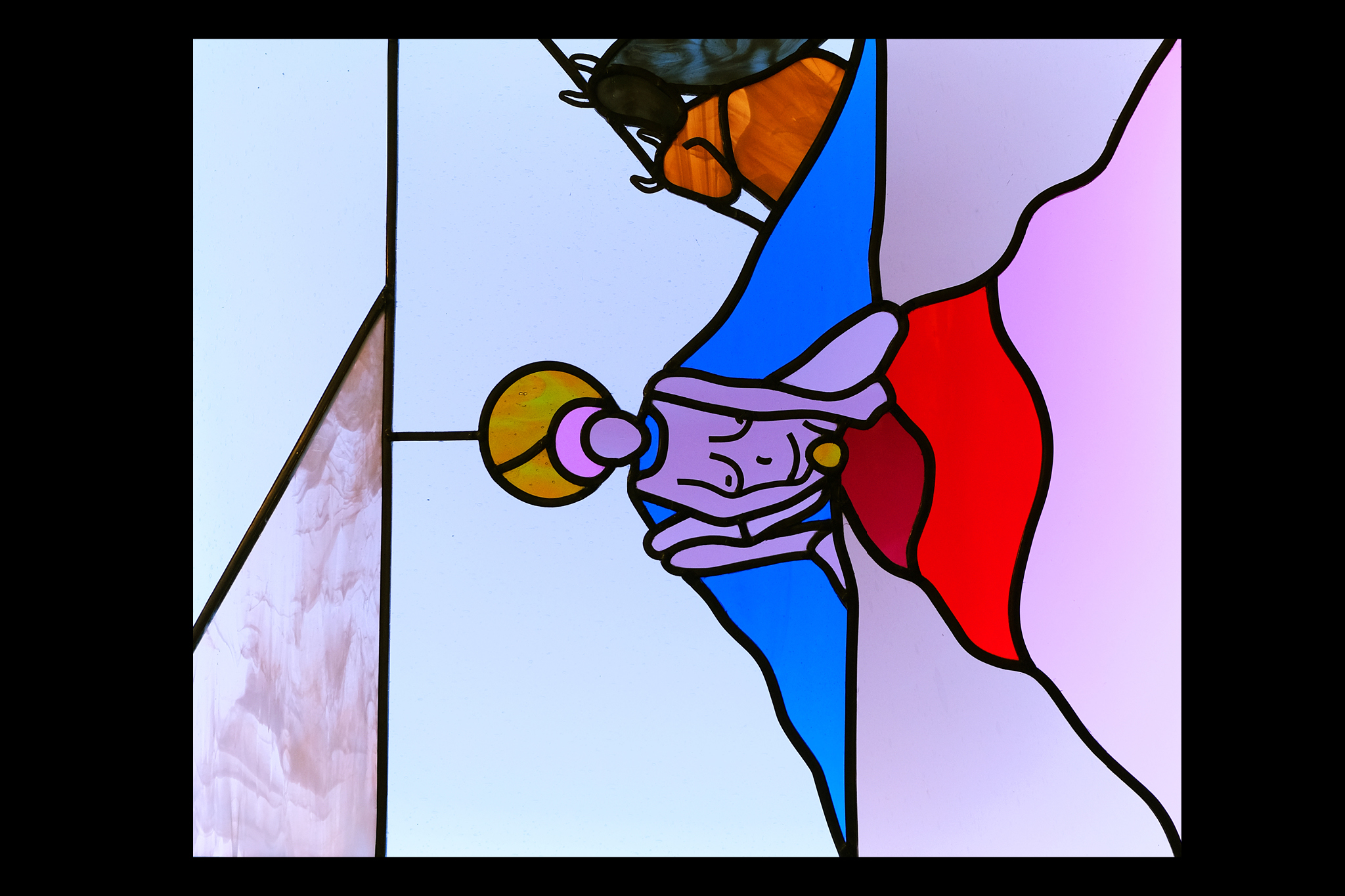
.
.
.
